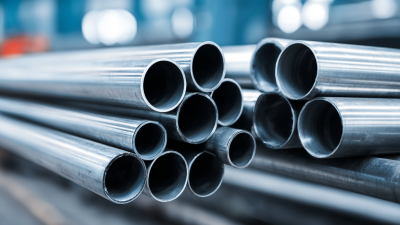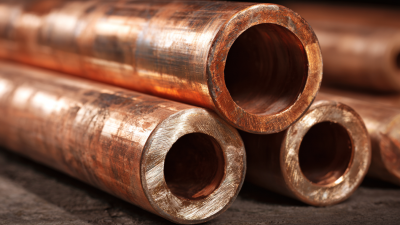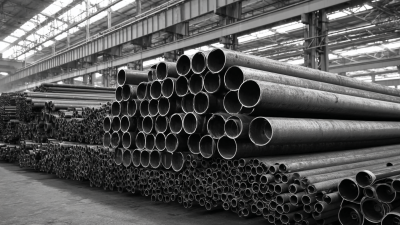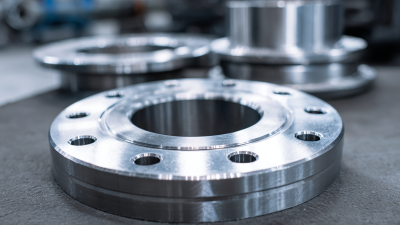Exploring the Benefits of Copper Tubes: Industry Insights and Applications in HVAC Systems
The increasing demand for efficient and sustainable solutions in heating, ventilation, and air conditioning (HVAC) systems has brought significant attention to the properties of various materials used in their construction. Among these, copper tubes have emerged as a preferred choice due to their remarkable thermal conductivity, corrosion resistance, and durability. This article delves into the myriad benefits of copper tubes in HVAC applications, highlighting their role in enhancing system performance and reliability.
By exploring industry insights and practical applications, we aim to uncover how copper tubes not only optimize energy efficiency but also contribute to longer lifespans of HVAC systems. As industry professionals seek advanced materials that meet modern environmental standards, understanding the advantages of copper tubes becomes crucial in driving innovation and sustainability within the HVAC sector.
Advantages of Using Copper Tubes in HVAC Systems
Copper tubes have emerged as a crucial component in HVAC systems, offering several advantages that enhance their efficiency and performance. With the HVAC industry's increasing focus on energy efficiency and sustainability, copper tubes are favored for their high thermal conductivity, which allows for better heat exchange and improved overall system efficiency. This results in lower energy consumption and reduced operating costs, making copper tubes a smart choice for both manufacturers and consumers.
The North American copper tubes market is projected to reach USD 3.44 billion by 2030, reflecting the growing demand for reliable and durable materials in HVAC applications. Meanwhile, the Asia Pacific region, led by China, is anticipated to dominate the copper pipes and tubes market, expected to reach USD 10.05 billion by 2033. As the market for copper tubes continues to expand globally, industry insights indicate a robust growth trajectory driven by the increasing need for energy-efficient HVAC solutions and the material's inherent benefits in conduction and corrosion resistance. This positions copper tubes as a key player in meeting the future demands of the HVAC industry.
Key Properties of Copper that Enhance HVAC Performance
Copper has long been recognized as a critical material in the HVAC industry due to its unique properties that enhance system performance. Its exceptional thermal conductivity allows for efficient heat transfer, which is essential in heating, ventilation, and air conditioning applications. This property not only enables quicker temperature regulation but also ensures energy efficiency, which is increasingly important in today's environmentally conscious market.
Furthermore, copper's antimicrobial qualities contribute to improved indoor air quality, as it helps in reducing the growth of harmful bacteria and mold within HVAC systems. This aspect is particularly relevant in spaces requiring stringent hygiene standards, such as hospitals and food processing facilities. The durability and corrosion resistance of copper also mean that systems employing this material require less maintenance and have a longer lifespan, which adds to their overall cost-effectiveness in the long run.
As the North American copper tubes market is projected to reach USD 3.44 billion by 2030, these properties underscore copper's continued relevance and superiority in HVAC applications.
Comparative Analysis: Copper Tubes vs. Alternative Materials
The comparative analysis of copper tubes versus alternative materials highlights the distinct advantages that copper offers in various applications, particularly in HVAC systems. Copper tubes are renowned for their exceptional thermal conductivity, which ensures efficient heat transfer, a critical factor in heating and cooling applications. Moreover, copper's inherent antimicrobial properties make it an ideal choice for systems that require clean and safe transport of fluids. This reduces the risk of microbial growth, enhancing the overall quality of water and air systems.
In contrast, alternative materials such as plastic and aluminum, while often cheaper, may not perform as effectively in extreme temperature conditions or over an extended lifespan. For example, certain plastics can degrade when exposed to high heat, leading to potential system failures. Similarly, aluminum, while lightweight, lacks the durability and thermal efficiency of copper. As industries seek to optimize performance and sustainability, the long-term benefits of choosing copper tubes in HVAC systems become increasingly evident, driving market growth. The North America Copper Tubes Market is projected to reach USD 3.44 billion by 2030, reflecting a strong preference for this material in critical applications.
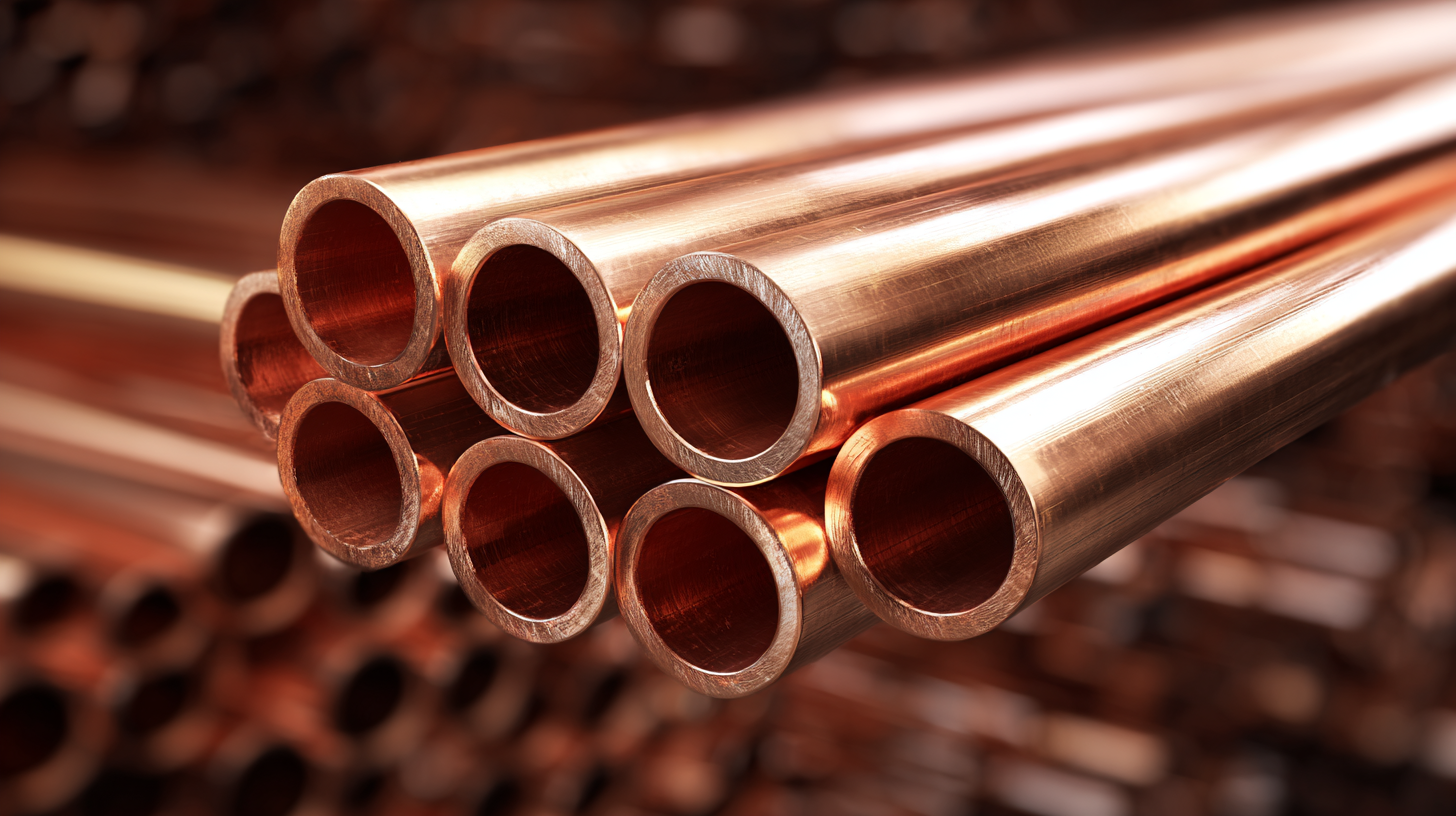
Future Trends in Copper Tube Applications for HVAC Solutions
The future of copper tubes in HVAC applications looks promising, with the North America Copper Tubes Market projected to reach USD 3.44 billion by 2030. This growth is driven by the increasing demand for efficient heating and cooling solutions, as well as the ongoing investments in infrastructure development, particularly in the Asia Pacific region. The global copper tubes market is expected to generate substantial revenue, projecting a growth from USD 29.14 billion in 2025 to USD 42.62 billion by 2030, reflecting a robust CAGR of 7.9%.
As companies continue to innovate, there's an emphasis on sustainable practices to meet the rising standards of environmental regulations. Industry leaders are focusing on strategic expansions and product innovations that are more environmentally friendly, enhancing the overall appeal of copper tubes in a competitive market. With the estimated global market revenue reaching USD 49.65 billion by 2032, businesses in the HVAC sector should capitalize on these trends.
Tips: When selecting copper tubes for your HVAC systems, consider factors such as temperature resistance and corrosion resistance to ensure long-lasting performance. Additionally, staying informed about the latest market developments can help you make strategic decisions that align with emerging trends in the industry. Always consult with suppliers who are committed to sustainability to gain access to innovative and eco-friendly solutions.
Cost-Effectiveness and Longevity of Copper Tubes in HVAC Systems
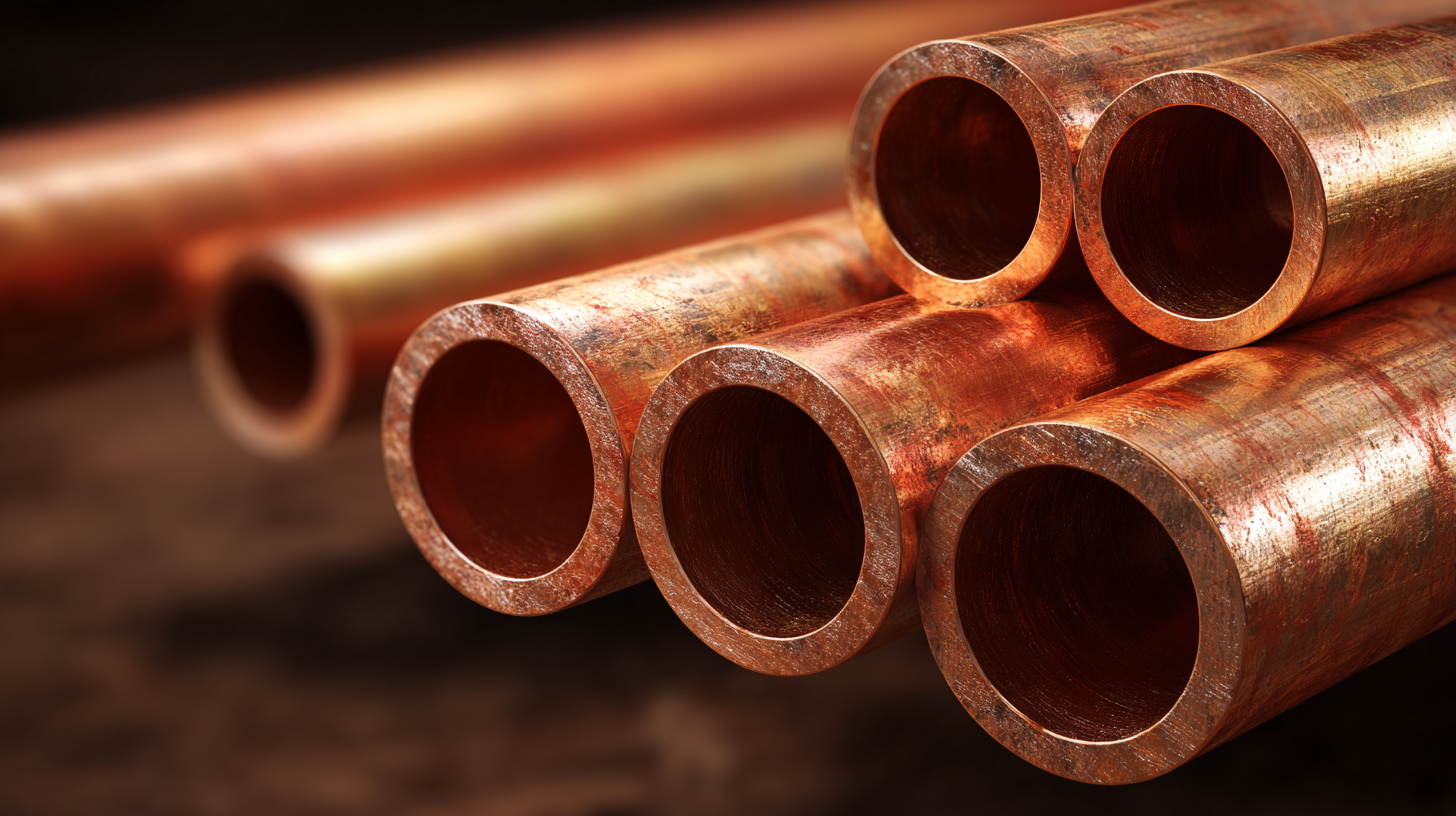 Copper tubes play a crucial role in HVAC systems, particularly due to their cost-effectiveness and longevity. The North America Copper Tubes Market is anticipated to reach USD 3.44 billion by 2030, highlighting the growing demand for copper in these applications. This increase can be attributed to the material's inherent properties, such as excellent thermal conductivity and resistance to corrosion. These attributes not only enhance energy efficiency but also ensure that systems maintain operational integrity over extended periods.
Copper tubes play a crucial role in HVAC systems, particularly due to their cost-effectiveness and longevity. The North America Copper Tubes Market is anticipated to reach USD 3.44 billion by 2030, highlighting the growing demand for copper in these applications. This increase can be attributed to the material's inherent properties, such as excellent thermal conductivity and resistance to corrosion. These attributes not only enhance energy efficiency but also ensure that systems maintain operational integrity over extended periods.
Similarly, the Asia Pacific Copper Pipes and Tubes Market is projected to hit USD 10.05 billion by 2033, with China leading the charge. The durability of copper tubes contributes significantly to long-term savings, as they minimize the need for replacements and repairs compared to alternative materials. Moreover, the advancing design of heat exchangers using small-diameter copper tubes is driving the evolution of HVAC systems, enabling higher efficiency and lower refrigerant use, thus promoting sustainability in the industry.

Home
About Us
Products
Carbon & Carbon Alloy Steel
Stainless Steel
Copper & Nickel Alloy
Heat Efficiency Tubes
Pipe Fittings
Pipe Flanges
Gasket, Stud Bolt &Nut
Industrial Valves
Tech & Service
Blog
Contact Us


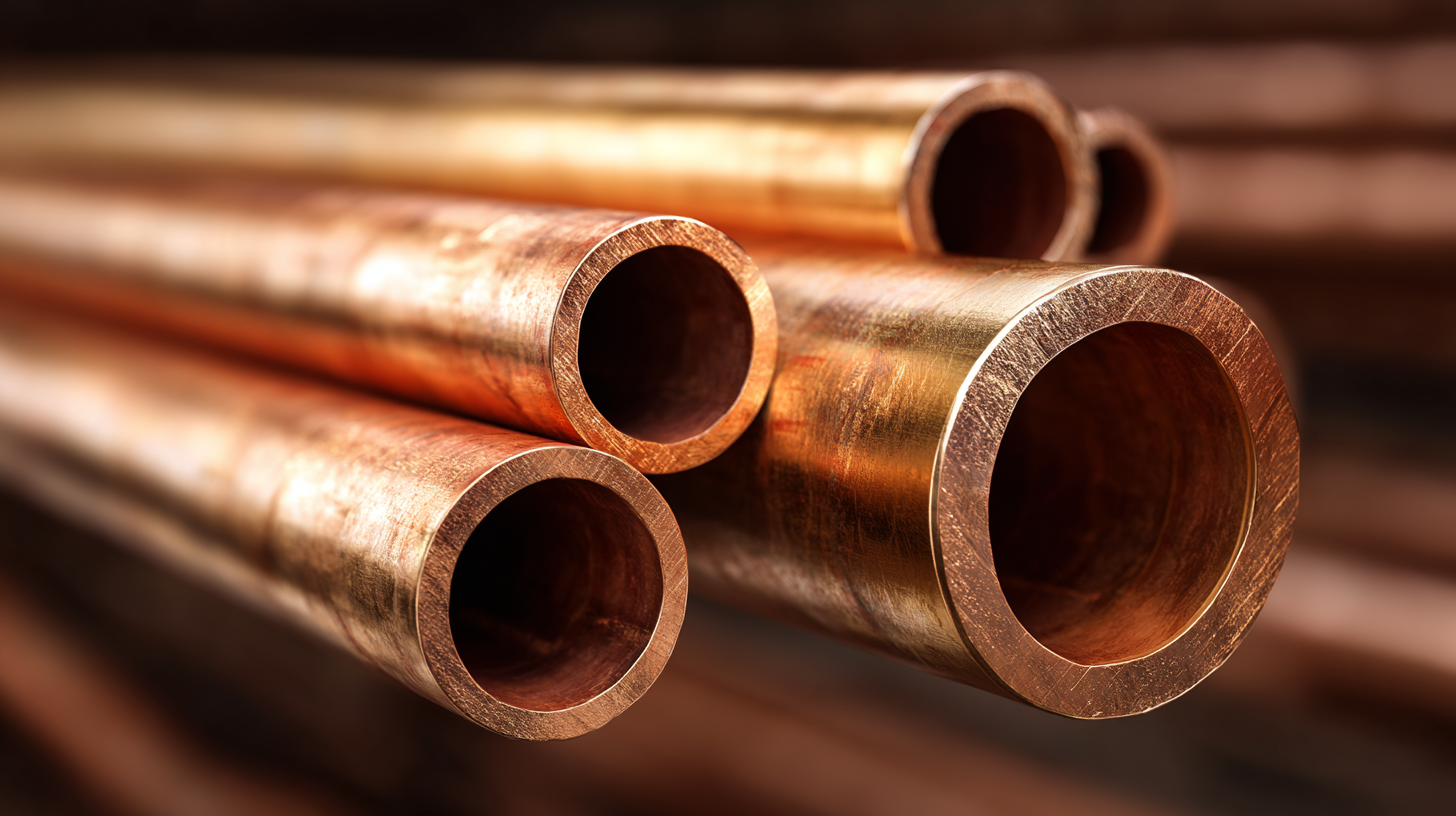

 Copper tubes play a crucial role in HVAC systems, particularly due to their cost-effectiveness and longevity. The
Copper tubes play a crucial role in HVAC systems, particularly due to their cost-effectiveness and longevity. The 